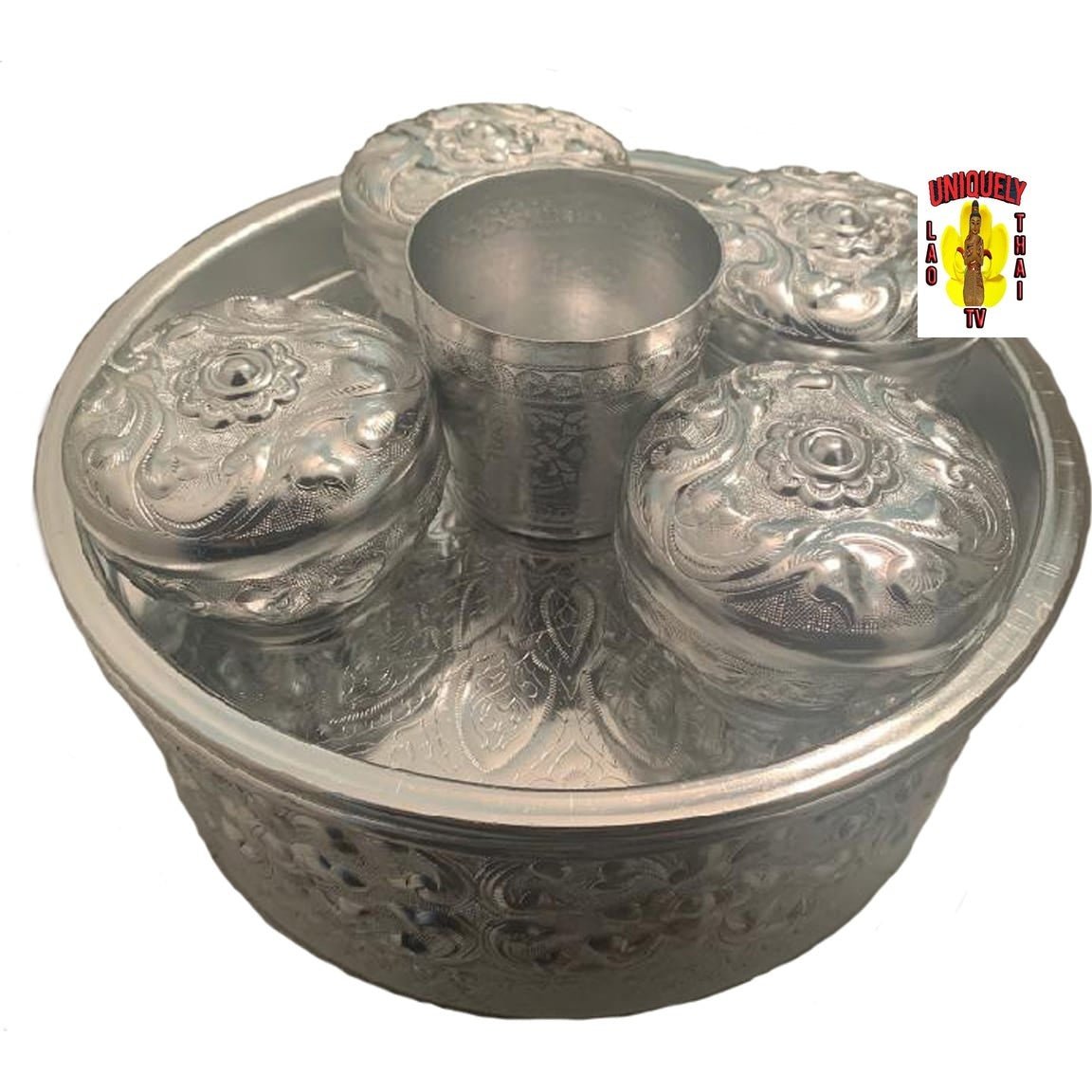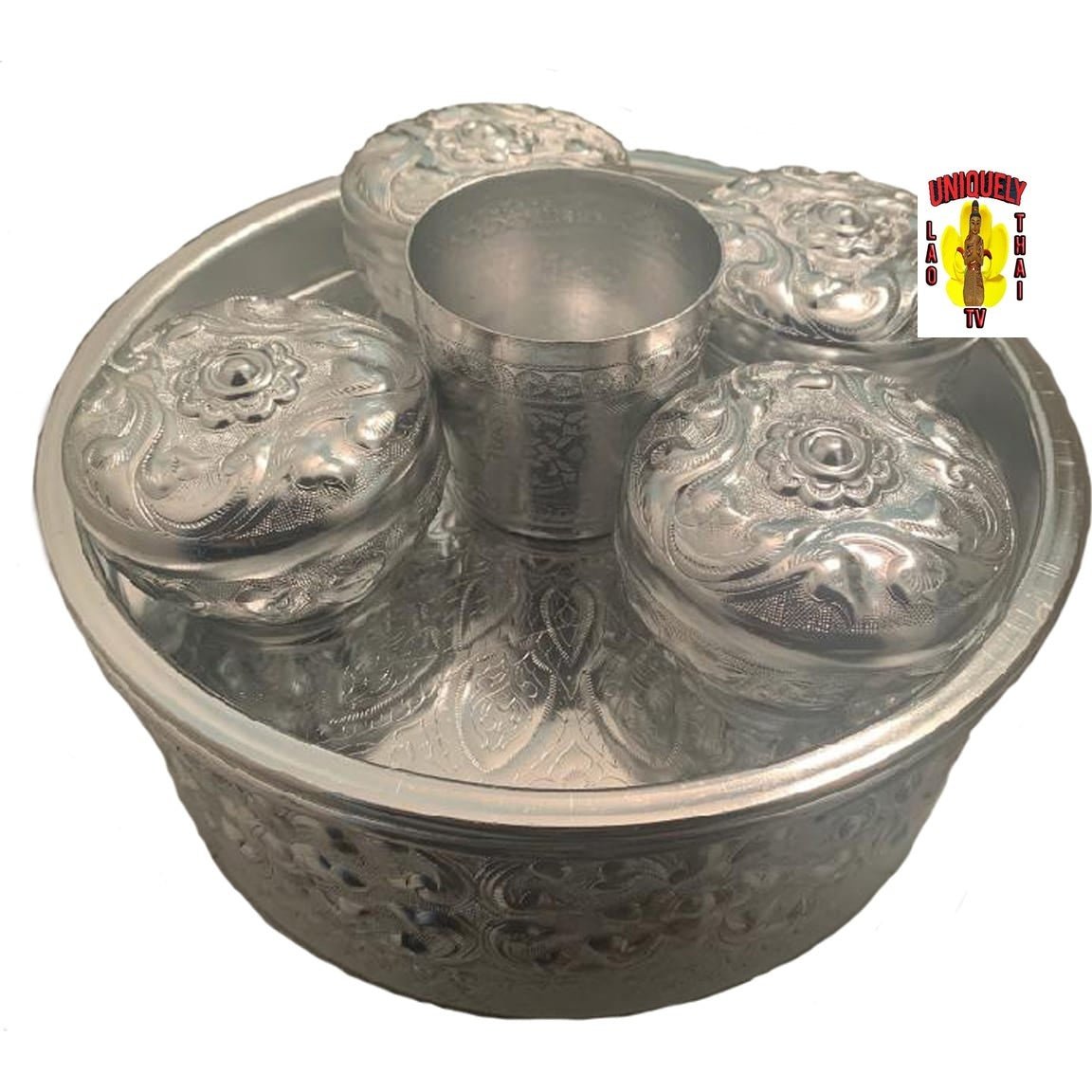Betel Nut Tray Set Used with Herbal Products
Betel Nut Tray Set Used with Herbal Products
SKU:RE-002
Regular price
$35.00 USD
Regular price
Sale price
$35.00 USD
Unit price
per
Shipping calculated at checkout.
Couldn't load pickup availability
Chewing the mixture of betel nut (areca) and betel leaf is a tradition, custom, or ritual in South Asia eastward. It constitutes a critical and popular cultural activity. Archaeological evidence from Thailand, Indonesia, and the Philippines suggests they have been used in tandem for at least 4000 years.
https://www.webmd.com/vitamins/ai/ingredientmono-995/betel-nut
15 in stock
View full details

